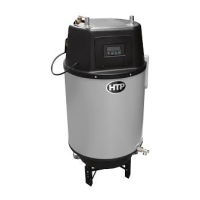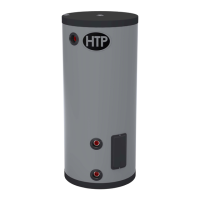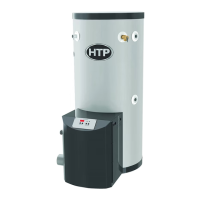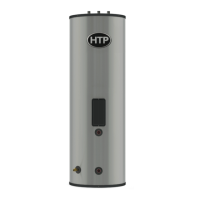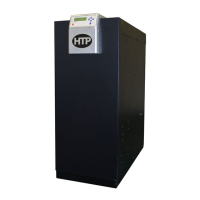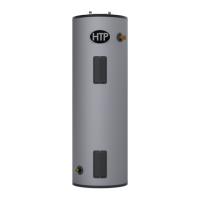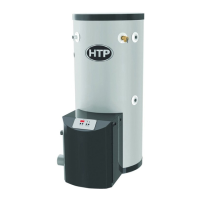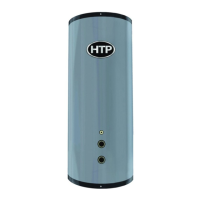LP-605 Rev. 000 Rel. 009 Date 8.16.18
51
INSPECTION ACTIVITIES DATE LAST COMPLETED
PIPING
1
st
YEAR 2
nd
YEAR 3
rd
YEAR 4
th
YEAR*
Near water heater
piping
Check water heater and system piping for any sign of leakage.
Leaking pipes could cause property damage. Make sure all piping
is properly supported. Flush tankless heat exchanger annually
(more in hard water conditions). See User’s Information manual for
instructions.
Vent Check condition of all vent pipes and joints. Ensure all vent piping
is properly supported. Check for obstructions exhaust and intake
termination points.
Gas Check Gas piping, test for leaks and signs of aging. Make sure all
pipes are properly supported.
SYSTEM
Visual Do a full visual inspection of all system components.
Functional Test all functions of the system (Heat, Safeties)
Temperatures Verify safe settings on water heater or Anti-Scald Valve
Temperatures Verify programmed temperature settings
ELECTRICAL
Connections Check wire connections. Make sure they are tight.
Smoke and CO detector Verify devices are installed and working properly. Change batteries
if necessary.
Circuit Breakers Check to see that the circuit breaker is clearly labeled. Exercise circuit
breaker.
Plug Verify that the power plug is functional and ground prong is intact.
CONDENSATE
Condensate Trap Clean debris from the condensate trap. Fill with clean water.
Neutralizer Check condensate neutralizer. Replace if necessary.
Condensate Pipe Verify the ow of condensate, making sure that condensate ows
properly
GAS
Pressure Measure incoming gas pressure (3.5” to 14” W.C.)
Pressure Drop Measure drop in pressure on light o (no more than 1” W.C.)
Check gas pipe for
leaks
Check piping for leaks. Verify that all are properly supported.
The combustion chamber insulation in this product contains ceramic ber material. Ceramic bers can be converted to cristobalite in very
high temperature applications. The International Agency for Research on Cancer (IARC) has concluded, “Crystalline silica inhaled in the form
of quartz or cristobalite from occupational sources is carcinogenic to humans (Group 1).”
• Avoid breathing dust and contact with skin and eyes.
• Use a NIOSH certied dust respirator (N95). This type of respirator is based on the OSHA requirements for cristobalite at the time this
document was written. Other types of respirators may be needed depending on job site conditions. Current NIOSH recommendations
can be found on the NIOSH website: http://www.cdc.gov/niosh/homepage.html. NIOSH approved respirators, manufacturers, and
phone numbers are also listed on this website.
• Wear long-sleeved, loose tting clothing, gloves, and eye protection.
• Apply enough water to the combustion chamber lining to prevent dust.
• Wash potentially contaminated clothes separately from other clothing. Rinse clothes washer thoroughly.
NIOSH stated First Aid.
• Eye: Irrigate immediately.
• Breathing: Fresh air.
The water heater requires minimal periodic maintenance under normal conditions. However, in unusually dirty or dusty conditions, periodic
vacuuming of the cover to maintain visibility of the display and indicators is recommended.
Periodic maintenance should be performed once a year by a qualied service technician to assure that all the equipment is operating safely
and eciently. The owner should make necessary arrangements with a qualied heating contractor for periodic maintenance of the water
heater. Installer must also inform the owner that the lack of proper care and maintenance of the water heater may result in a hazardous
condition.
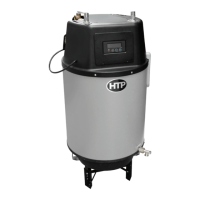
